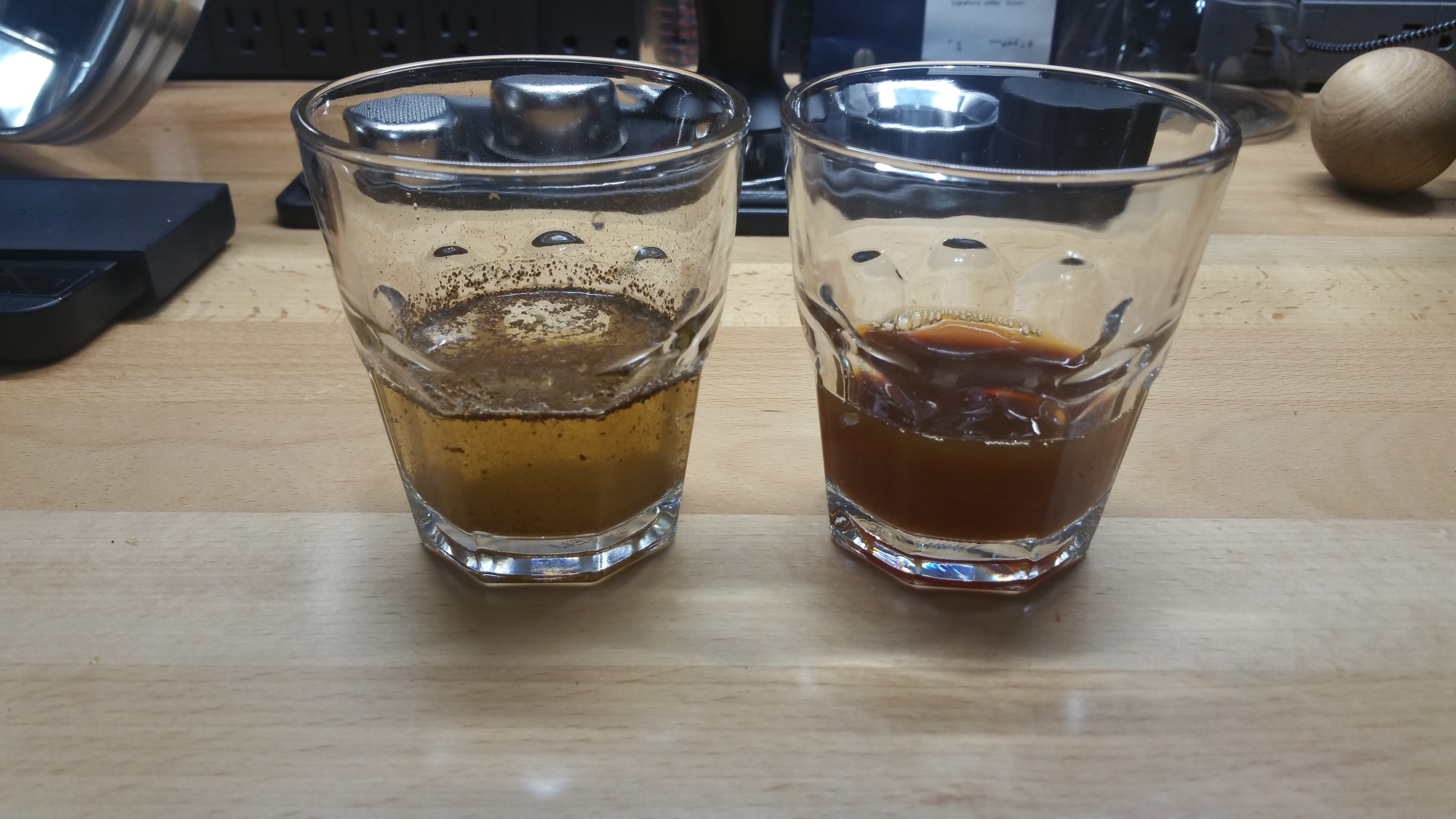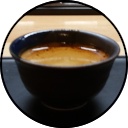
In my recent post and experiment I compare filtration methods to use before measuring the strength of espresso, expressed as TDS, or total dissolved solids. In it we find that both VST syringe filters and centrifuging significantly improve the precision of our measurements over unfiltered.
But I’ve seen some concerns (which I’d like to help put to rest) that you are still making your samples less representative of the drink by filtering them, so it is not worth the gain in precision.
Does Filtering Trade Away Accuracy for Precision?
Simply put, no. It does not. And I want to go over a few reasons why.
A refractometer cannot measure suspended solids
A refractometer works by measuring the refractive index of the liquid. The suspended solids in the sample do not cause the refractive index to change in the same way dissolved ones do. Rather, they block the light emitted and basically cause a higher reading in error. This reading is not based on your total dissolved solids plus total suspended solids, it just comes from noise while trying to measure only the dissolved solids like the refractometer always does.
Failing to filter isn’t an imprecise but more accurate measurement of everything that’s in your drink. It’s just an inaccurate and imprecise measurement of the dissolved solids in your drink. You can’t give up accuracy that was never there.
That doesn’t make a refractometer an inaccurate tool for telling you the total amount of non-water stuff in a sample, it’s just not a tool for that at all. Much like a ruler isn’t an inaccurate gram scale, it’s just not a gram scale.
Extraction yield only refers to extraction
Another part of this thought is that filtering underestimates extraction yield because more stuff left the coffee than is dissolved. But that thought misunderstands what extraction yield is.
Extraction yield only refers to things that have been, well, extracted from the coffee. Suspended solids are just moved directly from the dry coffee to the drink without needing to be extracted. Extraction yield caps out at somewhere probably between 30-35% when all dissolvable solids have been extracted and are in the cup, but the total amount of coffee removed from the dose to the cup doesn’t cap out until 100%. And in fact, with some methods like Turkish coffee, is always 100%.
I’ve seen the argument made as well that we should adjust extraction yield to only account for the soluble part of the dose, and fair enough, but it’s well understood enough that we’re talking about 20% extraction out of a 30-35% cap already and not out of a 100% cap. I believe that ultimately works as a better system than trying to adjust the dose, unless we could reliably pinpoint exactly how much of the dose was extractable.
You don’t want suspended solids in the same number
Suspended solids do contribute to the cup in some way or another. I challenge anyone who doesn’t agree to slam down a cup of Turkish coffee and not stop when they hit the sludge at the bottom. And ideally we’d like to know how much of them are in the coffee.
But we don’t want that number lumped with dissolved solids. They contribute to the cup in very different ways. Let’s go back to Turkish coffee with a thought experiment (that you can try for real if you want, I guess):
You have two identical cezves, each with 7g of coffee and 70g of room temperature water. You take one cezve and heat it over a burner to make Turkish coffee, while leaving the other sit at room temperature. You then pour each into identical cups. These two cups have the exact same total dissolved solids + total suspended solids. But the one brewed as Turkish coffee has much much more of that as dissolved solids.
Knowing both numbers is good, but only if known separately. And dissolved solids is generally much more important to flavor, so we stick to that because measuring suspended solids more or less requires full on lab equipment.
I hope that cleared up any confusion you may have had, but if not please do speak up and I’ll try to help the best I can!
I should also note I didn’t touch on oils here, but you have a similar situation with the refractometer being unable to measure them and them throwing off what it is trying to measure. If we wanted to get total dissolved solids, total suspended solids, and total lipids all as separate numbers that’d be fantastic, but we’d need some crazy specialized equipment.
Update 2/17/19: I wanted to add two reasons as for why TDS and extraction yield are the most important elements of coffee to measure.
- Sediment and oils only effect the beverage by the total amount of them in the beverage. There is no quality gradient like with dissolved solids where they can be underextracted or overextracted. You don’t have to care about “sediment in cup out of total coffee” or “oil in cup out of total oil in coffee” like you do with “dissolved solids in cup out of total soluble compounds in coffee”.
- There isn’t an easy way to adjust the amount of sediment or oil in your cup with even the nicest standard equipment. Knowing oils in cup and sediment in cup in addition to total dissolved solids and extraction yield may help you share your experience and know more about your coffee, but you’re still only going to be able to adjust tds and extraction even if you know the sediment and oils too.
